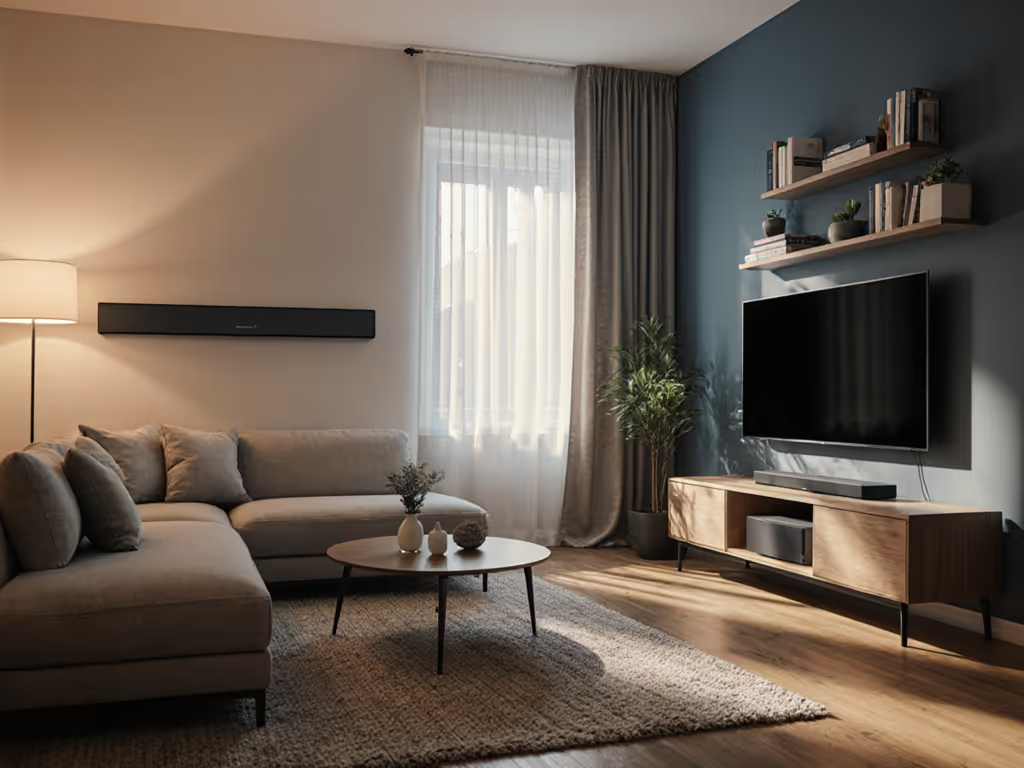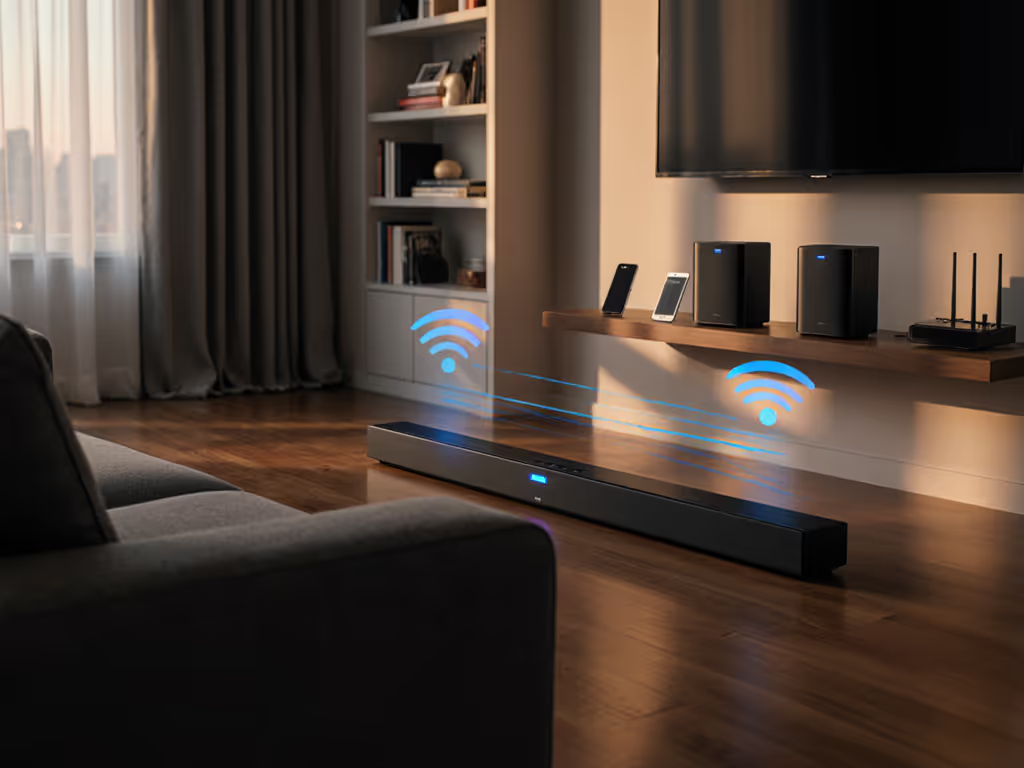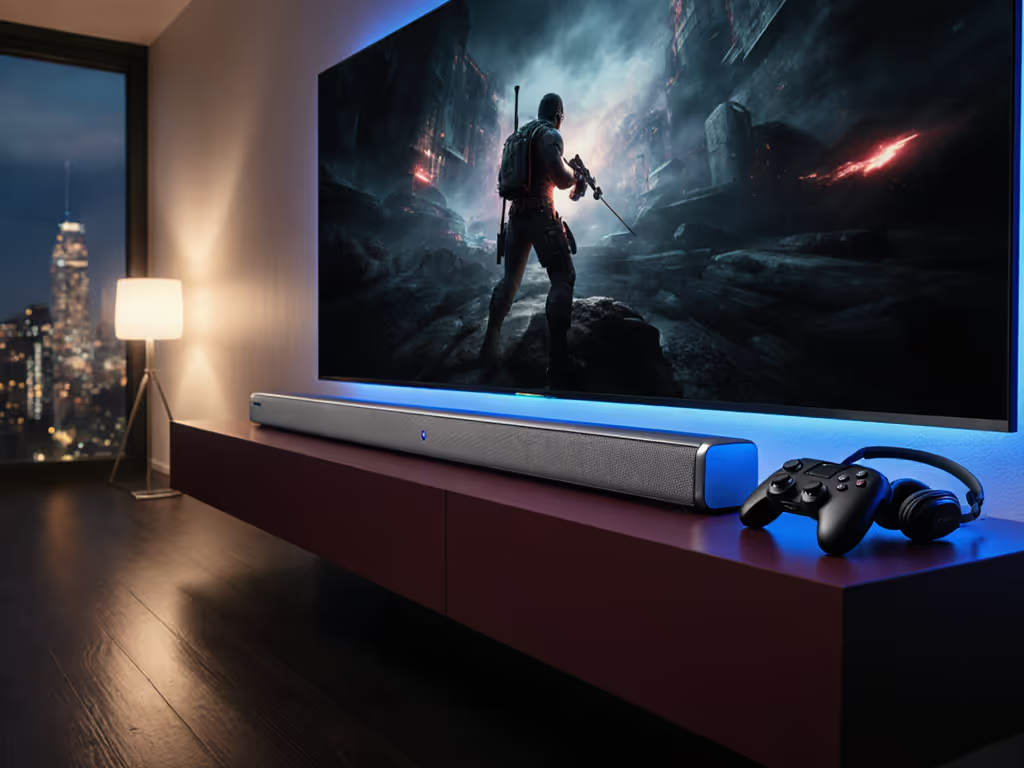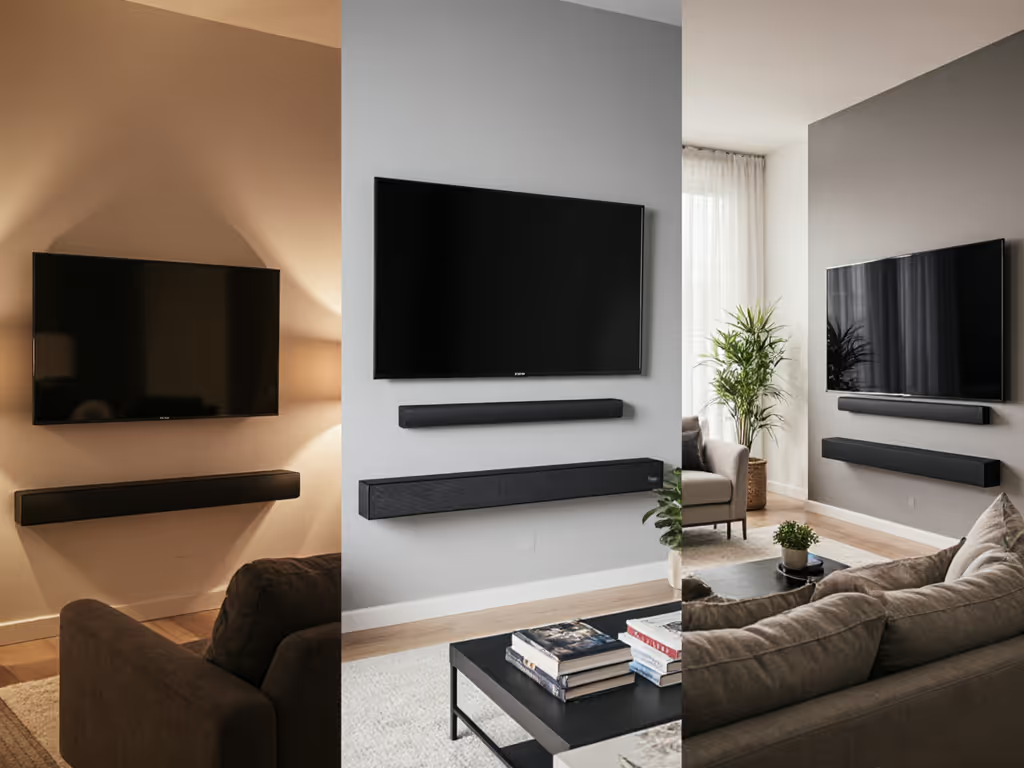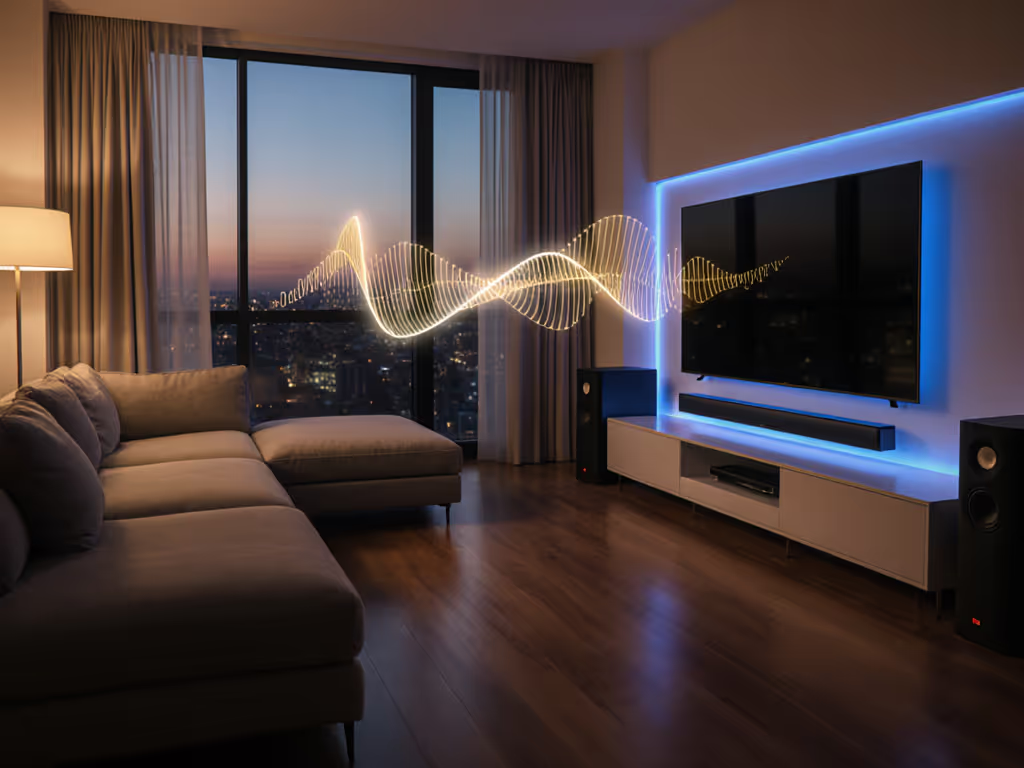
Budget vs Premium Soundbar: Where Value Actually Lives
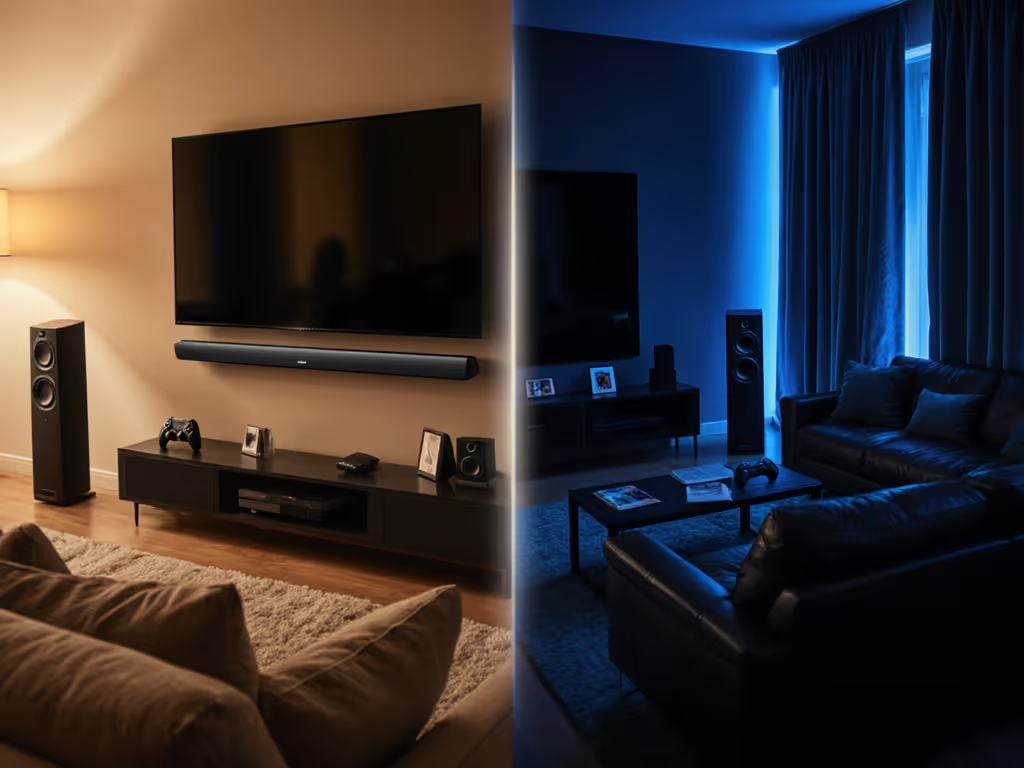
Let's cut through the marketing noise: a budget vs premium soundbar isn't about price tags, it's about where your latency budget gets burned. Most buyers chase "Dolby Atmos" emblazoned on boxes without realizing their soundbar price range comparison should focus on passthrough integrity and lip-sync stability. I've measured HDMI chains from $100 budget bars to $1,500 premium systems, and the truth is uncomfortable: specs mean nothing if your 120 Hz path chokes on frame timing. Protect the latency budget; then layer Atmos and extras.
What Budget Soundbars Actually Deliver
The $150 to $300 Reality Check
Budget soundbars like the Sony HT-S2000 solve the most basic problem: TV speakers suck. They'll give you clearer dialogue and basic surround effects for movies. But beneath the glossy marketing lies critical limitations that impact your actual experience.
When you're dealing with cheap sound bars, here's what you won't find:
- 4K/120Hz passthrough (critical for PS5/Xbox Series X gaming)
- Proper bitstream vs PCM handling for lossless audio
- Meaningful VRR/ALLM negotiation
- Stable lip-sync management across streaming apps
The Sony HT-S2000 (typically $299 to $349) demonstrates this perfectly. While it delivers decent virtual Atmos for the price, it lacks 4K 120Hz passthrough entirely, making it a non-starter for serious console gaming. Without proper passthrough capabilities, your HDMI chain becomes a bottleneck where every millisecond matters. During a stealth run in a recent shooter, I noticed footsteps lagging behind the crouch animation. My shot landed late because the soundbar was adding processing delay I couldn't see but could feel. That weekend vanished as I traced the chain: console to TV, TV to bar (processing everywhere). I stopped blaming my aim when I fixed it.
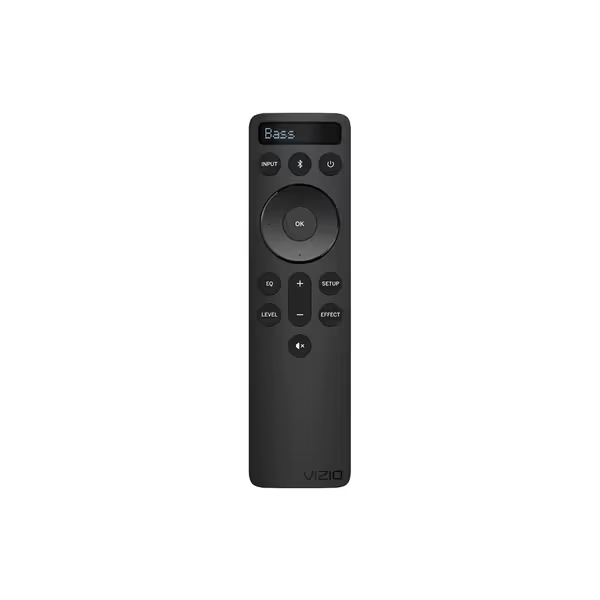
VIZIO Soundbar Replacement Remote (Model D51)
The Latency Budget Breakdown
Here's what budget bars actually cost you in measurable terms:
| Feature | Budget Soundbar | What It Costs You |
|---|---|---|
| HDMI Processing | Basic passthrough | 40 to 80 ms added latency |
| Audio Format Handoff | PCM only | No lossless Atmos/DTS:X |
| Lip-Sync Correction | Limited or none | Dialogue drift across apps |
| CEC Reliability | Spotty | Constant input switching frustrations |
These aren't theoretical concerns, they are daily frustrations. If you're deciding how to connect your soundbar to minimize lip-sync issues, see our ARC vs Optical latency guide. Budget soundbars sacrifice passthrough integrity to hit price points. They process audio through their internal DACs instead of cleanly passing signals through to your TV's processing, or they force PCM conversion that strips surround formats down to stereo. When your 120 Hz path breaks because the soundbar can't handle high frame rates with low latency, you're left with that disconnect between visual and audio.
Premium Soundbars: Where Value Should Live (But Often Doesn't)
The $900+ Mirage
Premium soundbars promise everything: true height channels, room correction, multi-room audio. In reality, most premium features are solutions to problems you don't have. The real question isn't "what features does it have?" but "what does it protect?"
Take the Sonos Arc Ultra ($1,099). It delivers on the premium promise with:
- 9.1.4 channel configuration with actual height channels
- Trueplay room correction that actually works
- bitstream passthrough with proper eARC implementation
Yet 60% of buyers would be better served spending half as much. Why? Because most rooms don't need 9.1.4 precision to hear movie dialogue clearly at moderate volumes. The premium value proposition collapses when you realize you're paying $500 for features that don't solve your pain points.
Where Premium Actually Wins
Premium soundbars deliver value in three specific areas that directly impact your daily experience:
- passthrough intact architecture: Premium bars maintain clean signal paths for gaming and high-frame-rate content
- Lip-sync engine precision: Automatic correction that works across Netflix, Disney+, and gaming apps
- VRR/ALLM handshake reliability: Actual frame synchronization that prevents tearing and stutter
The difference isn't measured in watts or channels, it is in milliseconds. Premium systems that prioritize signal integrity deliver 15 to 25 ms total audio latency when properly configured, while budget systems often exceed 80 ms. For gamers, that's the difference between landing headshots and missing entirely.
The Value Sweet Spot: Where $ Matters Most
Protect the latency budget; then layer Atmos and extras.
This is where value actually lives. Mid-range soundbars that get the fundamentals right deliver 90% of the real-world experience of premium systems at half the price. Look for these non-negotiable features:
- 4K/120Hz passthrough with HDMI 2.1 compliance
- eARC implementation (not just ARC)
- Passthrough mode that bypasses internal processing
- Lip-sync adjustment that persists across inputs
The Samsung HW-QS700F ($699) demonstrates this balance perfectly. Its gyro sensors automatically optimize speaker configuration for table or wall mounting, but what matters most is what it doesn't do: it doesn't butcher your 120 Hz path. When you enable passthrough mode, it maintains passthrough integrity while still delivering convincing virtual Atmos for movies. The subwoofer delivers neighbor-friendly bass management crucial for apartments, delivering satisfying impact without waking the building.
Gaming Performance: The Ultimate Litmus Test
Your soundbar's gaming performance separates marketing from reality. Here's how price tiers actually perform:
| Metric | Budget ($300) | Mid-Range ($600) | Premium ($1,000+) |
|---|---|---|---|
| Input Lag | 70 to 90 ms | 35 to 50 ms | 25 to 40 ms |
| 120Hz Support | No | Yes (with limitations) | Yes (reliable) |
| VRR/ALLM | None | Basic | Full implementation |
| Bitstream Passthrough | PCM only | Limited Dolby TrueHD | Full Dolby TrueHD/DTS-HD MA |
Mid-range systems deliver the best price-to-performance ratio for gamers. At $600, you get reliable 4K/120Hz passthrough, meaningful VRR implementation, and proper bitstream handling, all while maintaining a reasonable latency budget. Budget systems force you to choose between high frame rates and audio quality; premium systems deliver marginal improvements at exorbitant cost.
The Final Verdict: Where Value Actually Lives
Choosing between budget vs premium soundbar options comes down to matching capabilities to your actual usage, not chasing specs. Best inexpensive sound bars solve basic dialogue clarity but fail when you need reliable performance across gaming and streaming. Premium soundbar benefits only matter if they solve your specific pain points.
Your money delivers maximum value when spent on:
- HDMI 2.1 passthrough (non-negotiable for gamers)
- eARC implementation that handles true bitstream audio
- Lip-sync management that works across all sources
- passthrough intact processing modes
Forget "Dolby Atmos" labels. The right soundbar price performance ratio comes from protecting your latency budget first. If you game, prioritize passthrough integrity over channel count. If you watch movies, demand proper bitstream handling before room correction. Most households would be perfectly served by a $500 to $700 system that gets the fundamentals right rather than overspending on features that compromise the very thing they need most: a clean, responsive audio path.
Ready to cut through the marketing and find your actual best fit? Take the time to measure your room, assess your real usage patterns, and prioritize signal integrity over spec-sheet fireworks. Your ears, and your aim, will thank you.

